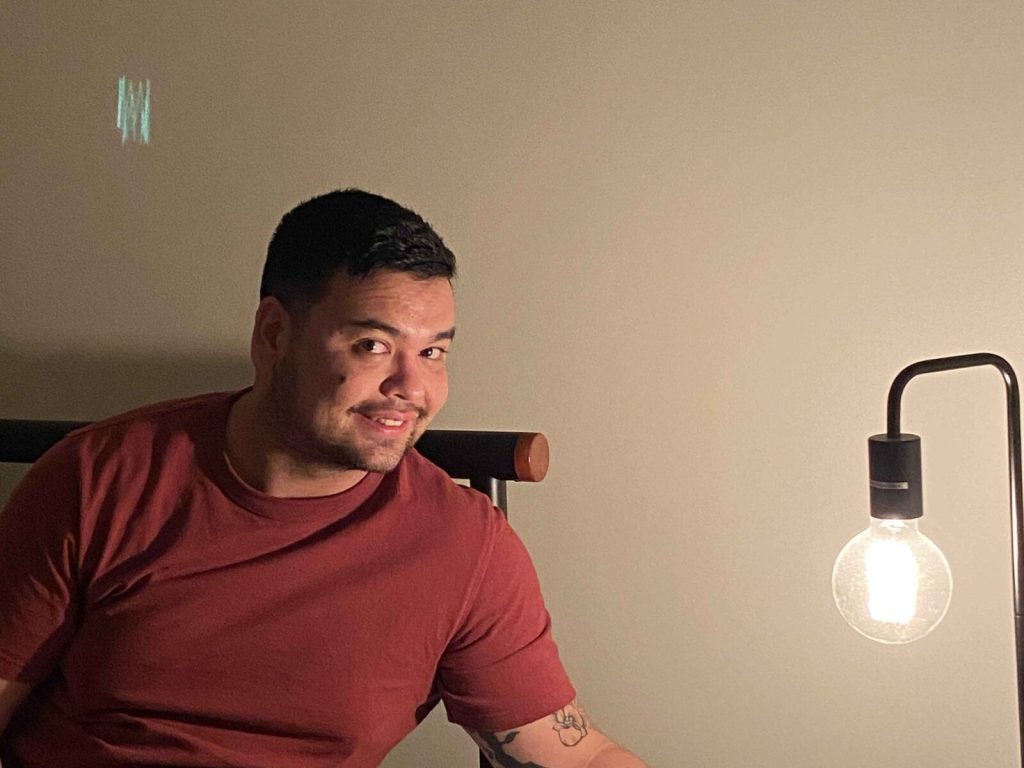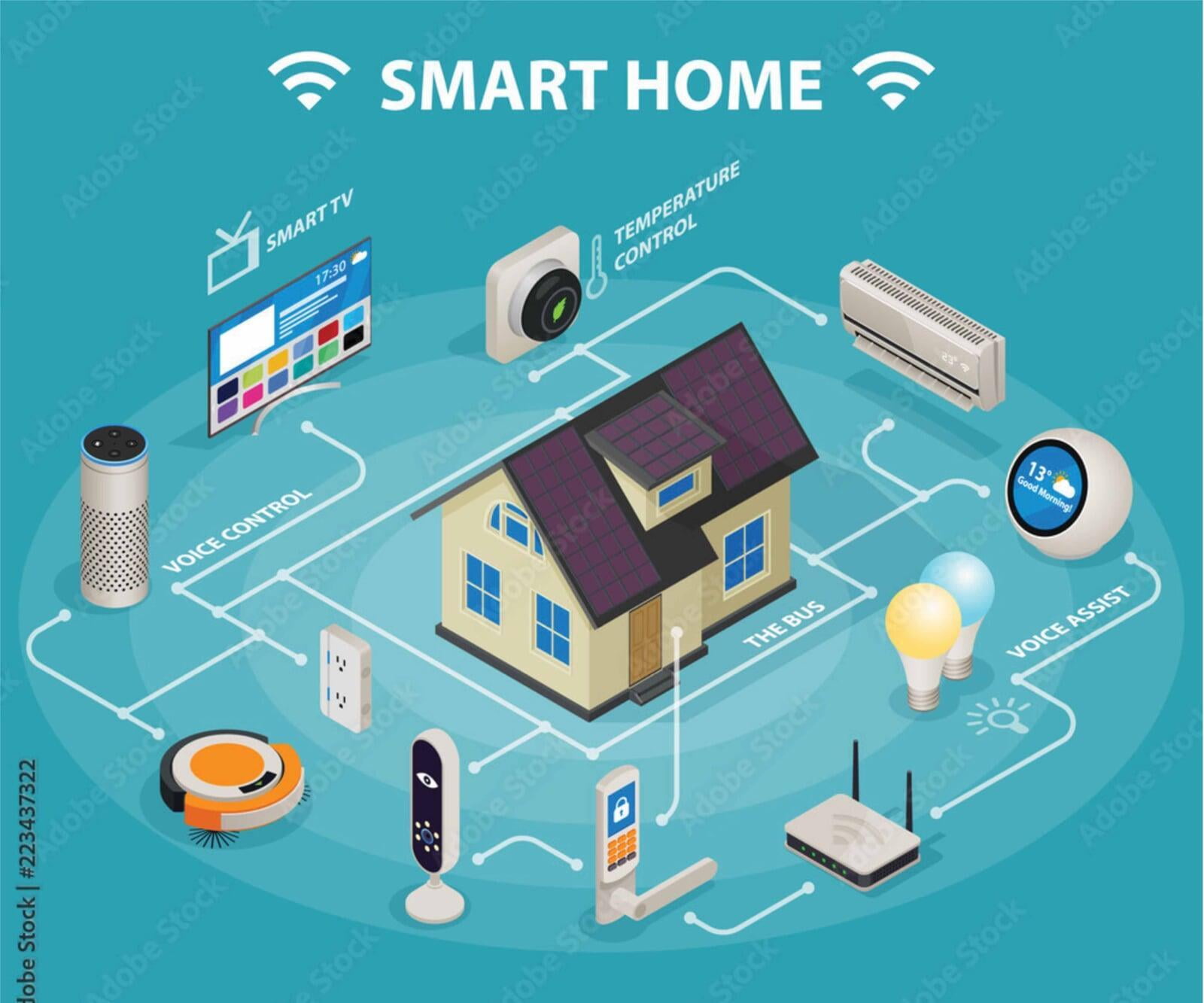Story by Emma O’Brien, Allied Health Team Leader at AQA.
Not even 5 years ago, I was writing applications to the Medical Aids Subsidy Scheme for bulky buttons, hard-wired systems, and infrared technology, to support people to use their Foxtel remote controls and answer the front door.
That equipment would cost thousands of dollars to buy and develop, and tens of hours for specialists to install.
Today, with a quick trip to Bunnings and JB hi-fi, any local Joe can pick up a Google Home device and some light bulbs that respond to voice commands.
Universal design is the idea that any space should be readily available for use by a person at any stage of their life, with a diverse range of abilities. With technology like smartphones, voice recognition and GPS, universal design is becoming a reality for more people, more easily.
Home automation is more than just nice gadgets: it can offer you independence in your home. For some, the availability and advancement of this technology has meant they no longer need physical assistance or specialist intervention to meet seemingly small – but deeply meaningful – needs.
If connected to smart devices in your home, voice-controlled information systems like Google Home can allow you to: turn lights on or off in a specific room, open or close blinds and shutters, adjust the temperature, turn the TV on, and adjust the volume, to name a few.
If you’re curious about how integrating mainstream technology might assist you in your home, I’d encourage you to get in touch with an occupational therapist (OT) who can help recommend the most appropriate tech solutions for your needs. We’ve got a couple of OTs in our Allied Health team at AQA who’d be happy to help.
Another good resource is Tadvic. They’re a not-for-profit, volunteer based association who design, make and modify equipment for people with a disability whose needs can’t be met commercially. If you think they could help, get in touch with them: 0412 358 088, [email protected], www.tadvic.com.au
Funding has come a long way too, with the NDIS and TAC recognising that not all assistive technology will be found with your disability providers, instead becoming more available and cost-effective through the mainstream marketplace.

The criteria for reasonable and necessary NDIS funded supports may be met with home automation. Installation of door openers, lighting, climate control, uninterrupted power supply and emergency call systems are all possible. Funding for entertainment devices is less likely. It might be worth touching base with your support coordinator to see how getting creative in this space may open doors for you, literally and figuratively.
My colleague Mark Hanson, Community Engagement Coordinator at AQA and a qualified OT, has been living with spinal cord injury since 2012. He has some experience of funding home automation through the Transport Accident Commission.
“TAC will fund home automation items,” Mark reports. “Recently, they agreed to fund me for an automated lighting system.
“I could purchase the starter kit, however any other lights would need to be funded by myself. The reasoning is that I would have had these lights regardless of my injury. The starter kit includes a Bridge, which links the lights to my modem and therefore to my wifi network.
“I use applications on my smart devices that integrate with my platform, Siri (Apple). Siri easily integrates the Philips Hue lights and allows me to set schedules for when they need to be operated.
“This is particularly useful when I’m at home and turning everything off, as I go to bed with a simple command. There are also developments happening with Google Nest, where you can unlock the front door with an application or a command.”
- November 7, 2021




